Imagine a creature that can navigate a complex maze, find the shortest path to food, and adapt to new challenges—all without a single brain cell. It sounds like the stuff of science fiction, yet this organism truly exists. Meet the humble slime mold, a living puzzle that defies our expectations of intelligence. Watching it at work is both mesmerizing and strangely humbling; it’s as though nature has hidden a tiny genius in a blob of yellow goo. What secrets lie within this unassuming life form, and how does it solve problems that baffle even some computers? Prepare to be amazed by the mindless mastermind that is the slime mold.
What Exactly Is a Slime Mold?
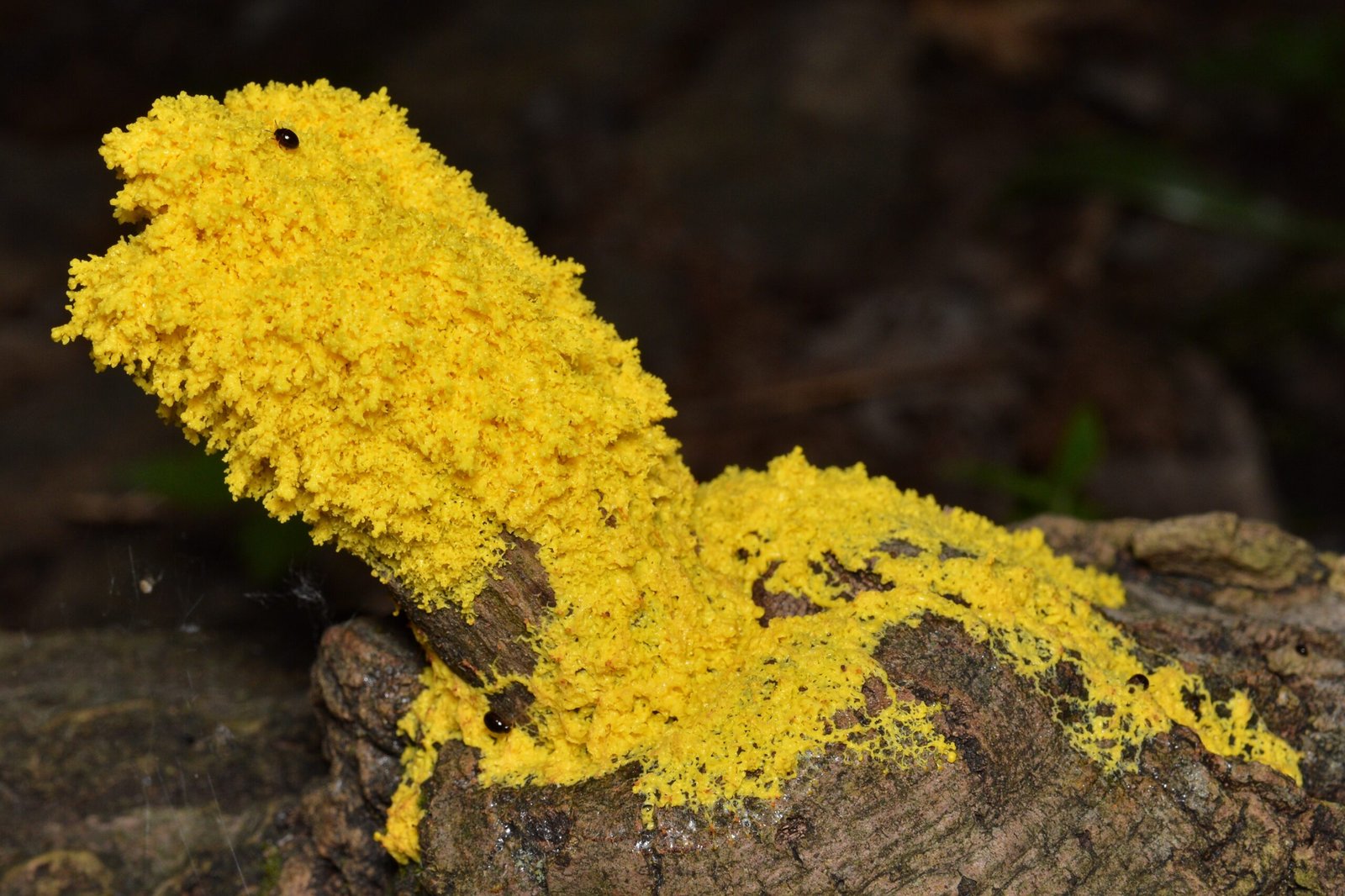
Slime molds are neither plant, animal, nor fungus, though they share qualities with all three. The species most famous for solving mazes is called Physarum polycephalum. At first glance, it looks like a yellowish, jelly-like smear crawling across a decaying log. Yet beneath that unremarkable surface is a living network of single cells working together as one. These organisms can shift between being single-celled amoebae and joining up to form a larger, multicellular structure known as a plasmodium. Slime molds thrive in dark, damp places, quietly breaking down organic matter in forests and gardens while performing feats that seem almost magical.
The Maze-Solving Experiment That Shocked Scientists
Scientists first discovered slime molds’ intelligence in a now-famous experiment. Researchers placed Physarum polycephalum at the entrance of a maze and food—usually an oat flake—at the exit. Over time, the slime mold extended its tendrils, exploring every possible path. Incredibly, it retracted from dead ends and reinforced the shortest path to the food, effectively “solving” the maze. This astonishing feat was achieved without a brain or nervous system. The experiment shocked scientists, sparking debates about what intelligence really means. If a mindless blob can navigate a maze, what else might it be capable of?
The Secret Behind Slime Mold Intelligence
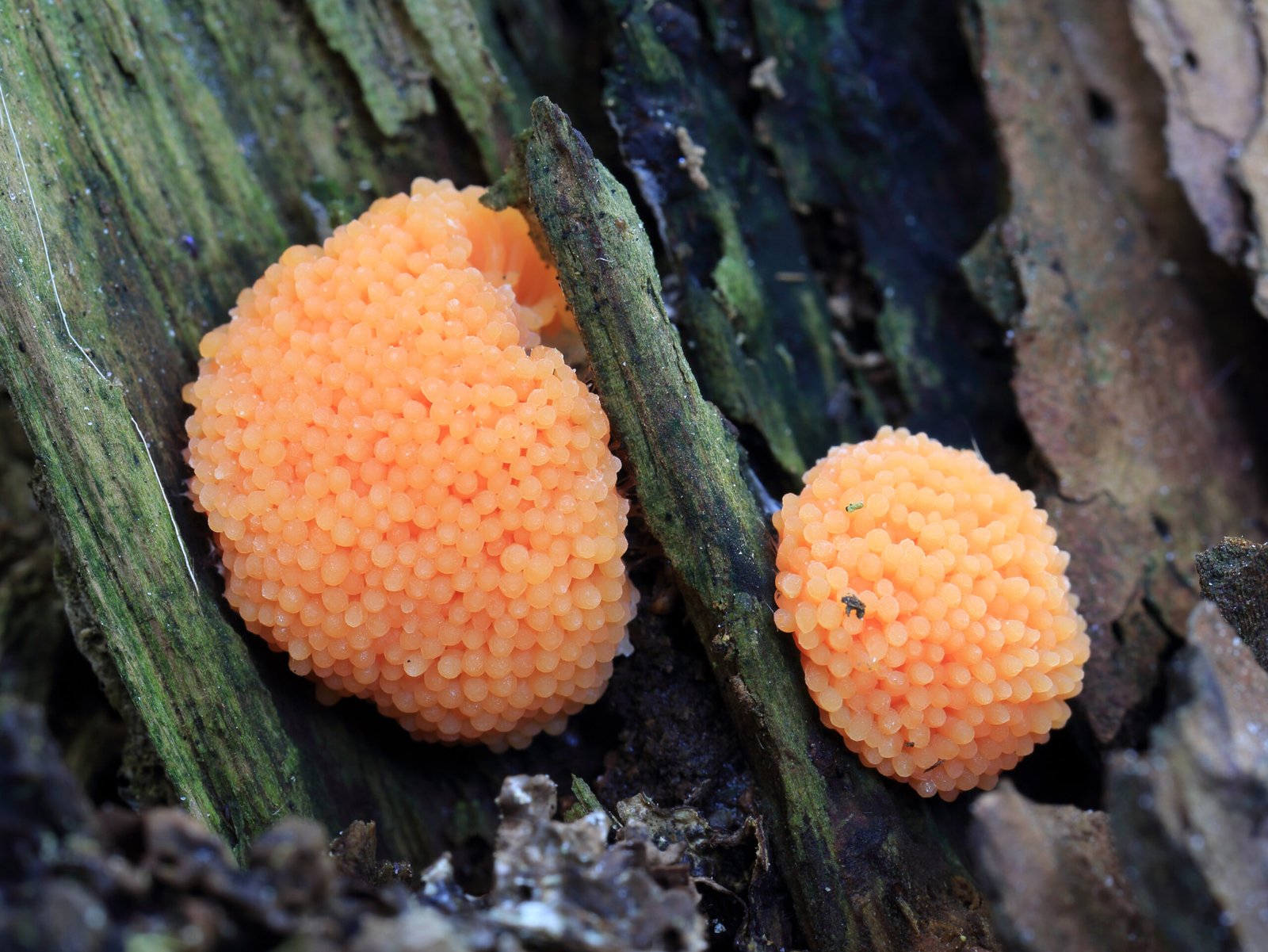
How does a brainless organism make such smart decisions? The answer lies in the slime mold’s unique way of moving and sensing its environment. As it spreads, the slime mold leaves behind a slimy trail that tells it where it has already been. This “memory” allows it to avoid retracing its steps and focus on unexplored areas. Chemical signals within its body help it sense nutrients and toxins, guiding its growth like a living compass. It’s a form of distributed intelligence, where decisions emerge from interactions among countless simple parts, rather than from a central brain. This process is surprisingly efficient and adaptable, hinting at the power of decentralized problem-solving in nature.
Striking Similarities to Human-Made Networks
What’s truly remarkable is how slime molds mimic complex systems humans have created. In some experiments, researchers mapped cities and transportation networks onto petri dishes, placing food at points representing major cities. The slime mold formed connections that closely resembled real-world railways and highways, often finding routes as efficient as those designed by engineers. This uncanny ability to optimize networks has inspired scientists and urban planners alike. By studying how these simple organisms solve connectivity problems, researchers hope to improve everything from traffic flow to computer circuitry.
Learning Without Learning: Adaptation in Action

Slime molds don’t just solve mazes; they adapt to changing conditions in real time. If a path becomes blocked, they quickly reroute, finding new ways to reach their goal. In one experiment, researchers introduced bitter substances into a slime mold’s path. The organism learned to avoid the unpleasant area, even after the substance was removed, suggesting a primitive form of learning or memory. Despite lacking neurons, slime molds adjust their behavior based on past experiences, challenging our understanding of what it means to “remember” or “learn.” This uncanny adaptability has made them a model for studying basic forms of intelligence in nature.
A Life Cycle Full of Surprises
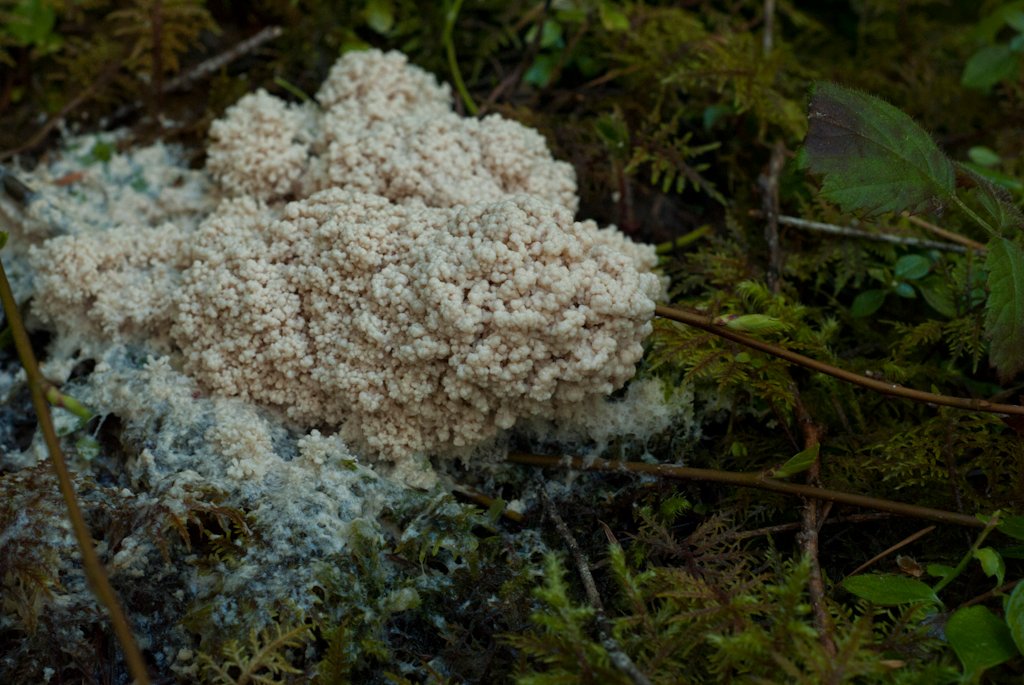
The life of a slime mold is a story of transformation. In times of plenty, it exists as a sprawling plasmodium, foraging across leaf litter in search of food. When conditions become harsh, the slime mold shifts gears, transforming into a spore-producing structure that can survive drought and starvation. These spores can lie dormant for years, waiting for moisture to awaken them. This flexible life cycle helps slime molds endure changing environments and colonize new places, ensuring their survival across millions of years. Their resilience and adaptability are nothing short of inspiring.
Communication Without Words or Nerves
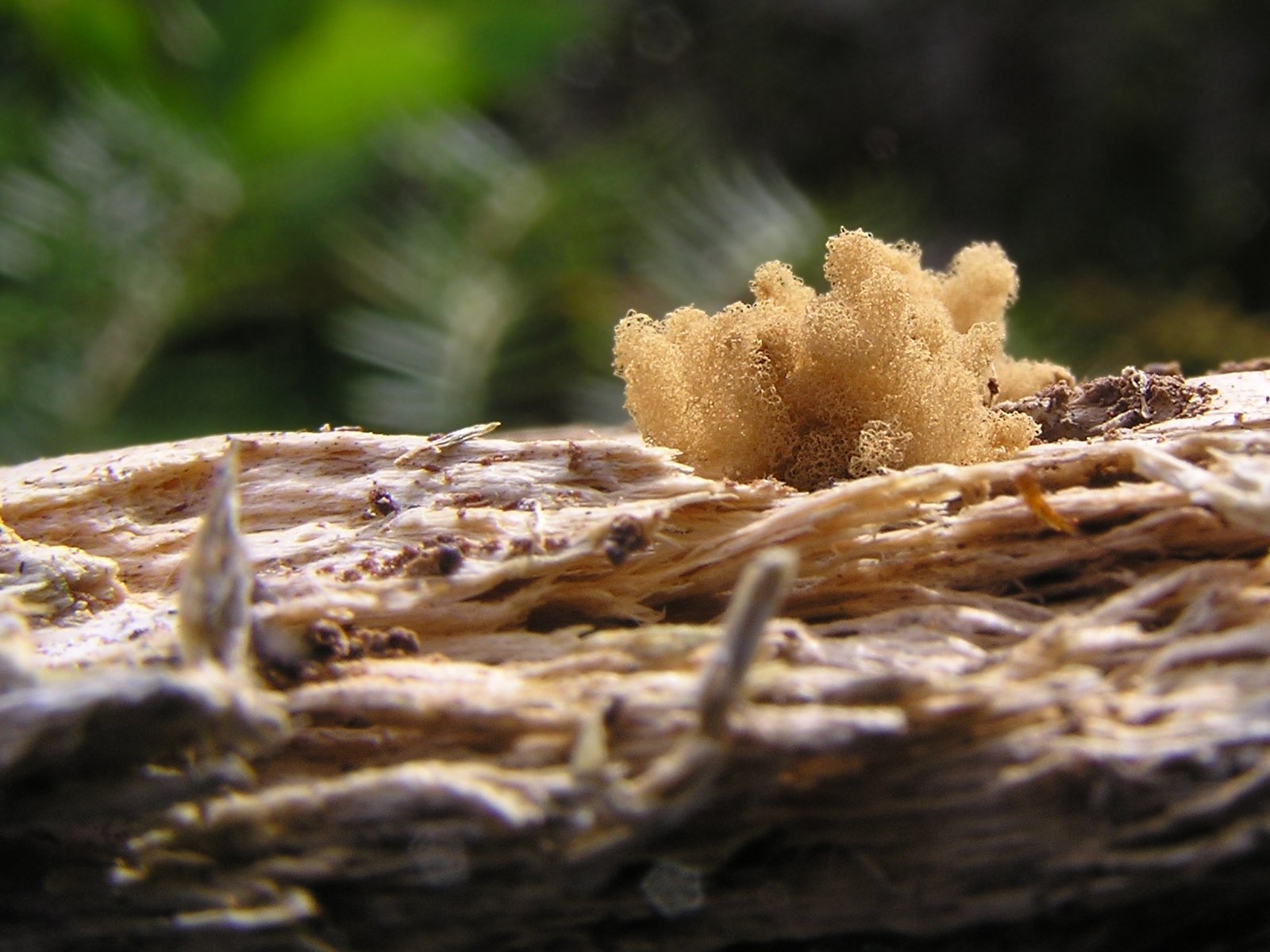
Slime molds communicate through chemicals, not spoken language or electrical signals. When one part of the organism finds food, it releases chemical messengers that attract the rest of the blob. This signaling leads to a coordinated response, as the entire mold shifts direction to reach the newfound bounty. Scientists have even observed slime molds “voting” on the best path to take, with the most promising routes attracting the most growth. This chemical chatter lets the organism act as a unified whole, even though it’s made up of countless independent cells.
The Role of Slime Molds in Ecosystems
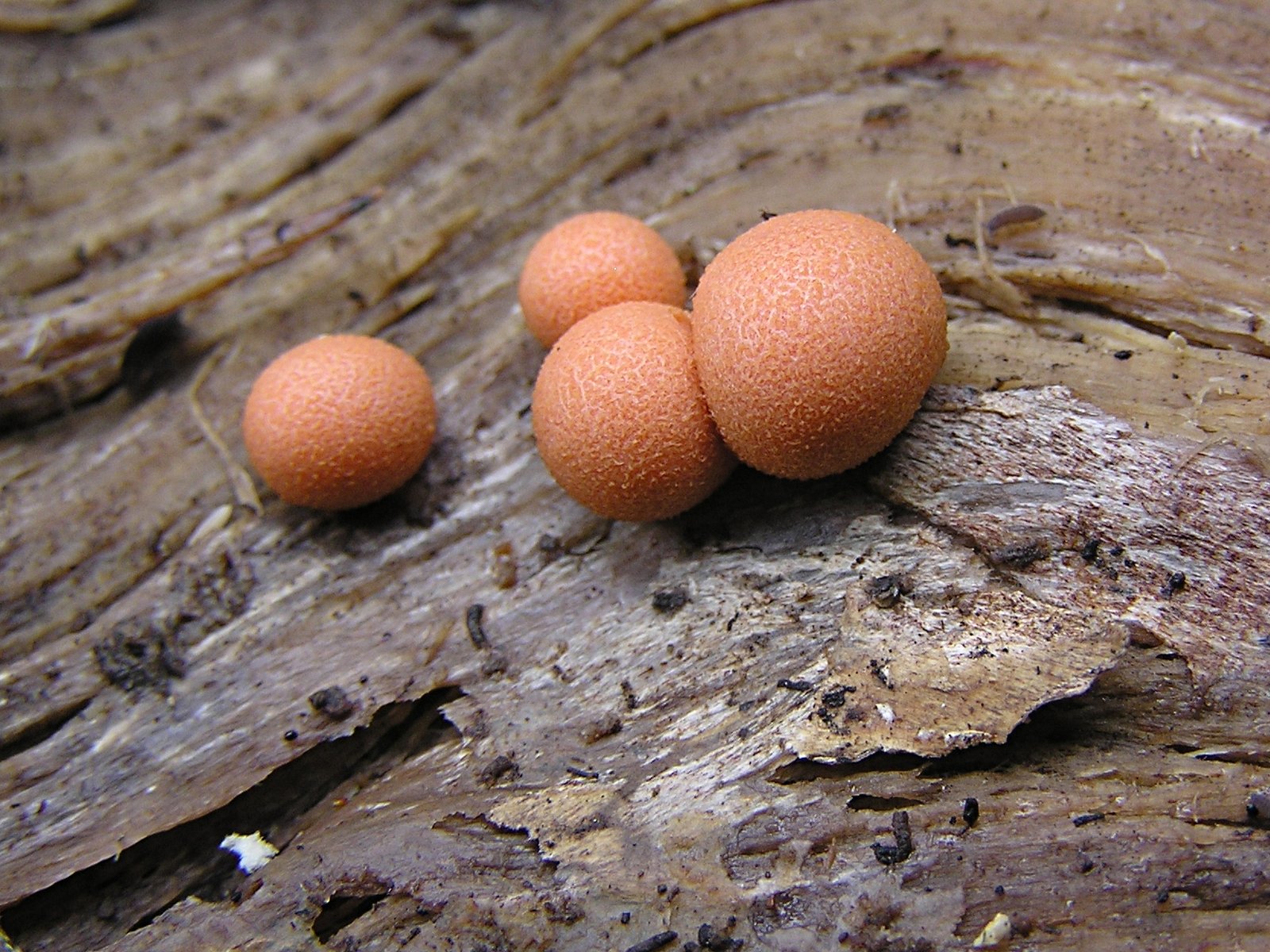
Slime molds might seem trivial, but they play a vital role in ecosystems. As they crawl over decaying wood and leaves, they break down complex organic material, recycling nutrients back into the soil. This makes them crucial for healthy forests and gardens. They also serve as food for insects and other creatures, forming a link in the chain of life. Their presence indicates a thriving, balanced ecosystem. Without slime molds and their quiet work, the forest floor would be a much less lively—and much less fertile—place.
Slime Molds as Inspiration for Science and Technology
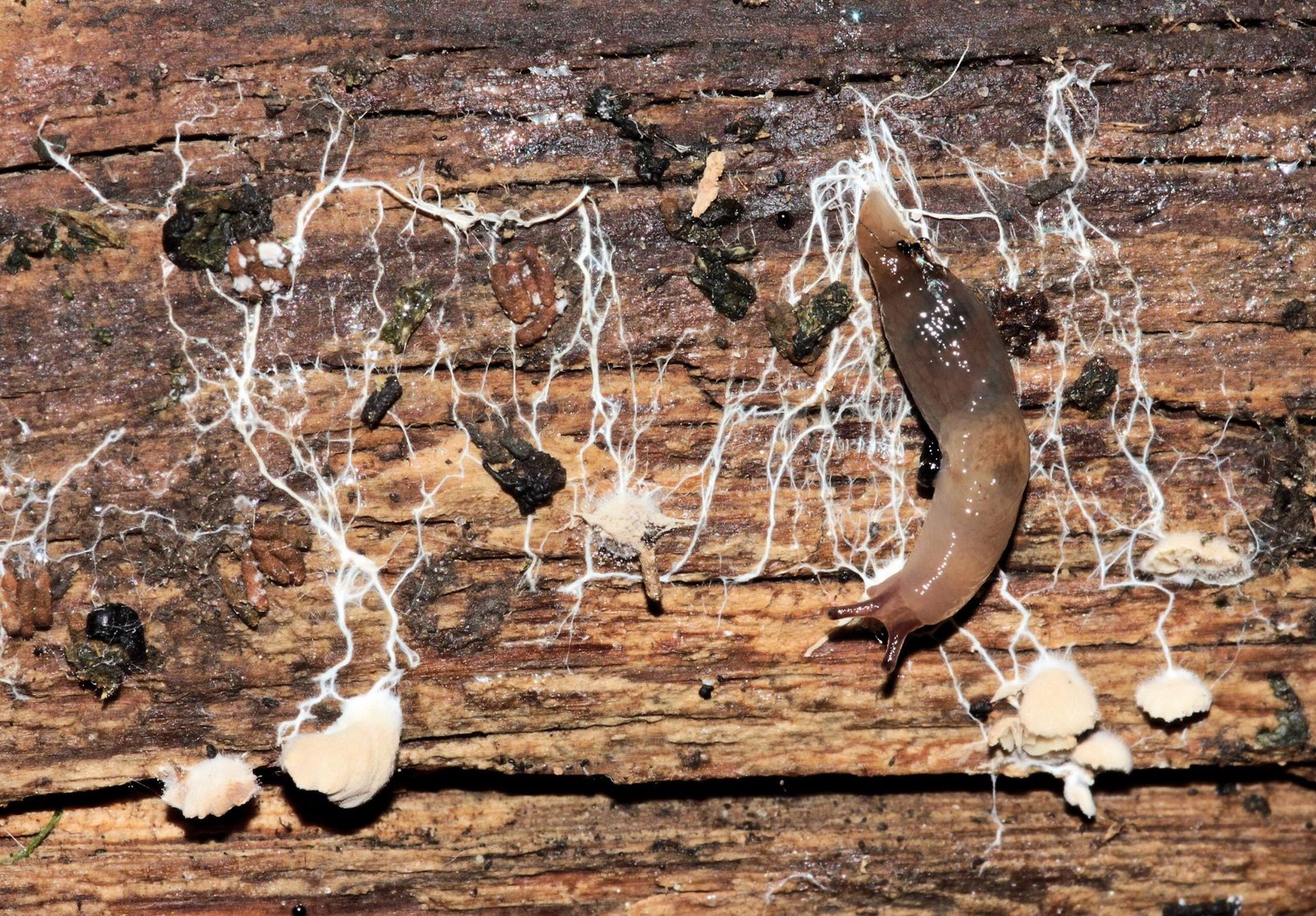
The way slime molds solve problems has inspired innovations far beyond biology. Computer scientists have used slime mold algorithms to design efficient networks, from subway systems to internet connections. Engineers study their patterns to build self-organizing robots and swarm intelligence systems. Even artists find inspiration in the beautiful branching forms slime molds create as they search for food. By mimicking the strategies of these simple but effective organisms, humans are learning to approach complex problems in new and creative ways.
Challenging Our Notions of Intelligence
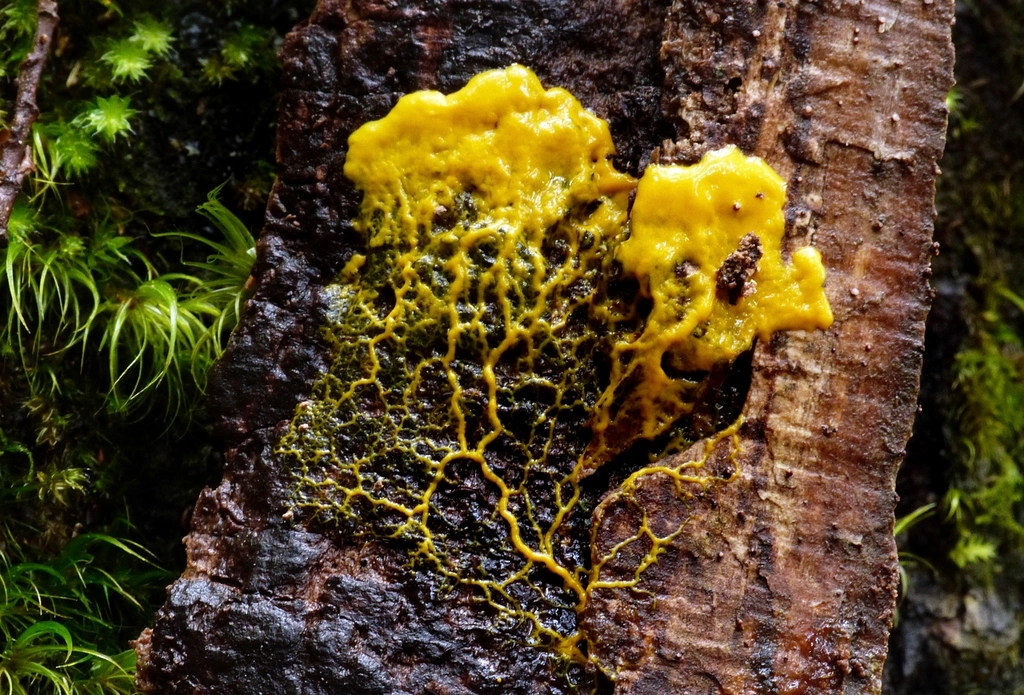
Perhaps the most profound lesson from slime molds is that intelligence doesn’t always look the way we expect. We often think of smarts as something that belongs to creatures with brains, but the slime mold proves otherwise. Its ability to solve problems, adapt, and remember challenges our ideas about what it means to be smart. Some scientists now wonder if intelligence is less about brains and more about networks—whether in a slime mold, a forest, or even a city. It’s a humbling reminder that nature is full of surprises, and that wisdom can be found in the most unexpected places.
A Living Mystery That Invites Awe
Watching a slime mold at work is a lesson in patience and wonder. Its slow, deliberate movements seem almost purposeful, as if guided by an invisible hand. Yet every action is the result of countless tiny decisions, made without thought or planning. The more we learn about these strange creatures, the more they challenge our assumptions and ignite our curiosity. In a world obsessed with speed and complexity, the slime mold stands as a symbol of what can be achieved through simplicity and cooperation. Who would have guessed that a humble blob could teach us so much about the mysteries of life?




